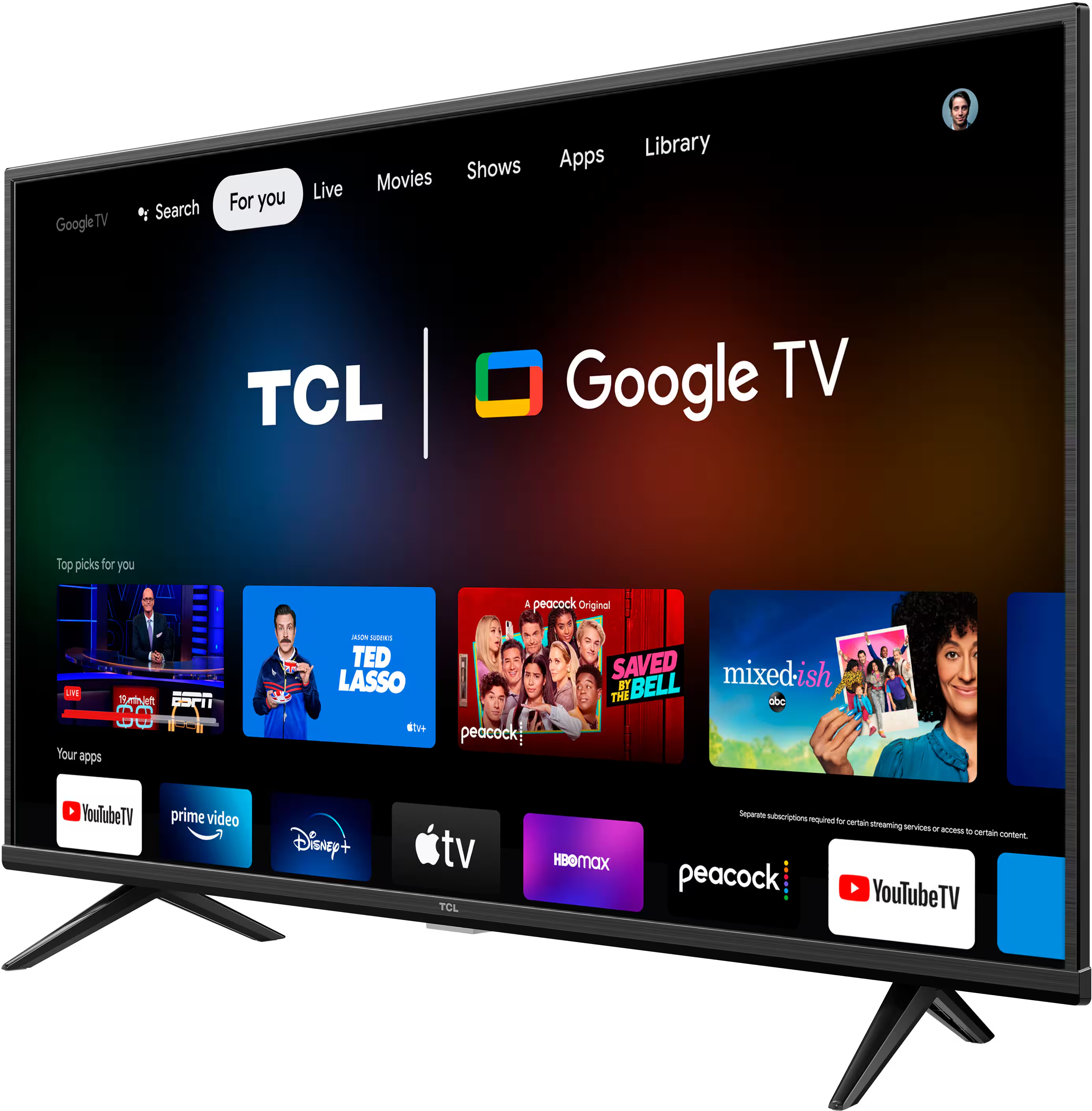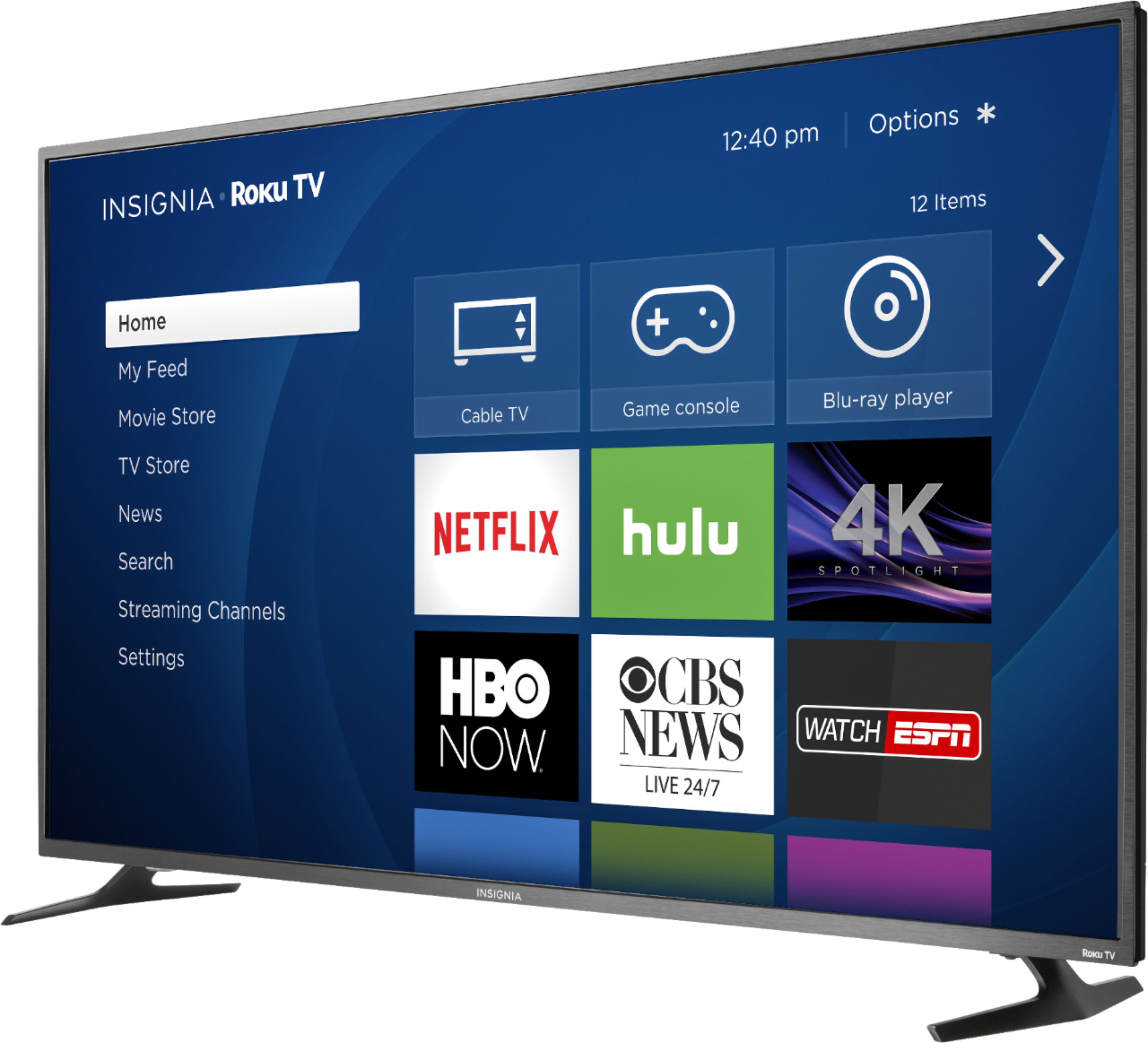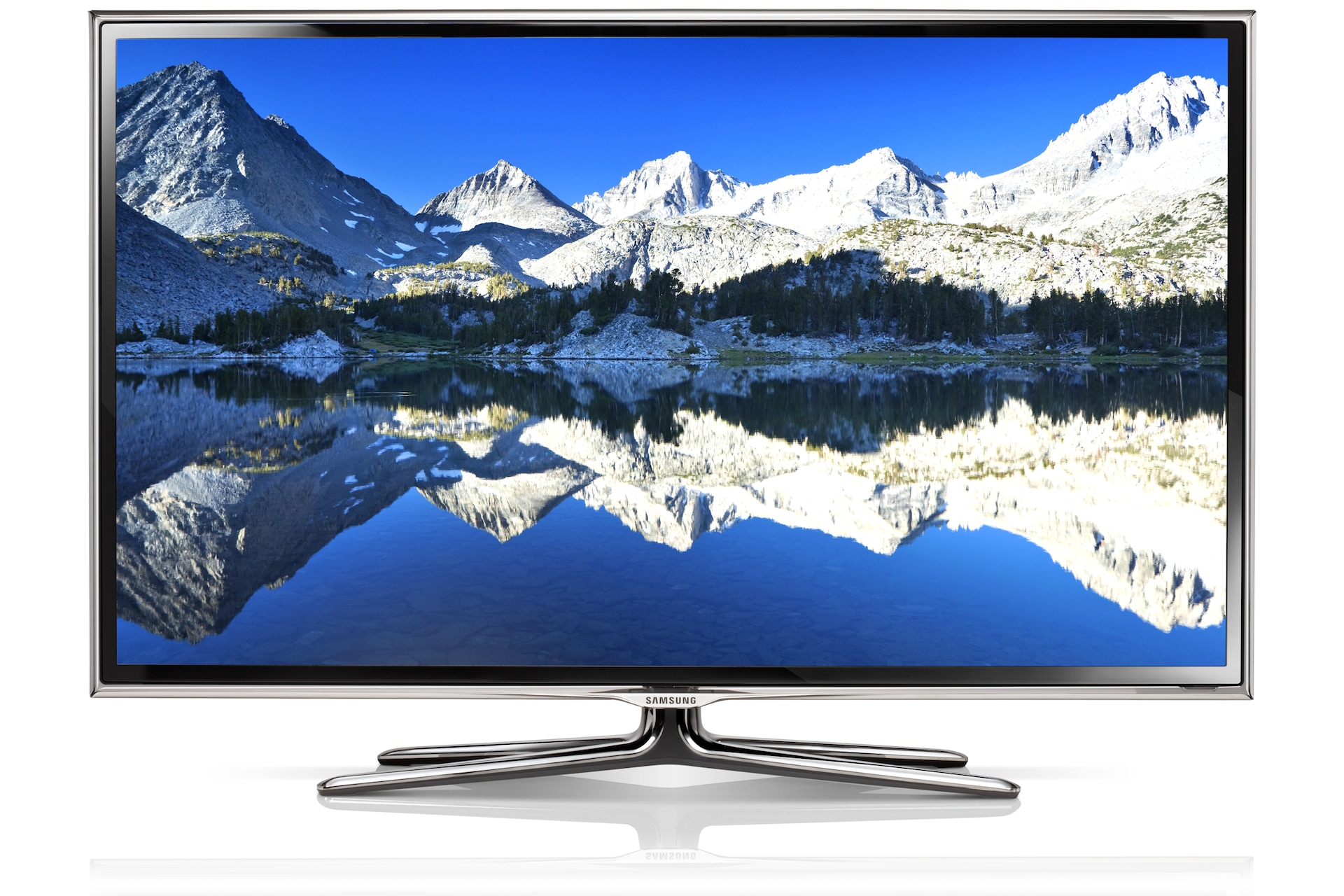When you think about the television set sitting in your living space today, with its many choices for watching, it’s a bit amazing to consider how far things have come. Back in the 1960s, a TV was, in a way, just as central to the home, a very visible piece of electronic equipment that brought the outside world right into your room. People gathered around to see what was on, often at very specific times, because that was simply how it worked then. The idea of picking exactly what you wanted to watch, whenever you wanted, well, that was still a long way off.
This central piece of electronics, the television, has always held a special spot in our homes, and it continues to be one of the most used gadgets we own. From those early days of a few local channels, perhaps just over the air, to today's vast selection, the way we connect with stories and information through our screens has really changed. You might be looking for the newest models or simply wondering what is available right now, and places like a big electronics store are where many people go to find the best deals on these devices.
Today, we have so many ways to find out what's on, whether it's checking local channel guides for cable, satellite, or even antenna broadcasts. You can, for example, look through a guide by the time of day or by the channel itself, making it easier to plan your viewing. This ability to search and select is a pretty big shift from how folks watched their programs many years ago, when the options were, you know, much more limited and fixed.
- Loves Journey Series
- Colleen Camp
- Danielle Rose Russell Movies And Tv Shows
- Vin Diesel Pay For Guardians Of The Galaxy
- Shaunie Henderson Net Worth
Table of Contents
- How Did We Watch TV in the 1960s?
- What Was Different About TV Technology in the 1960s?
- Finding Your Shows - Then Versus Now with tv of the 1960s
- The Home Entertainment Center - A Look at tv of the 1960s
- Connecting with Content - Beyond Just Broadcasts
- Watching Big Events - From Simple Broadcasts to Global Streams
- The Digital Shift - What it Means for tv of the 1960s Memories
- Interactive Content and the Future of Viewing
How Did We Watch TV in the 1960s?
Back in the 1960s, watching television was, in some respects, a simpler affair, yet it held a very central place in the home. People would gather around a single set, and the choices were, you know, much more limited. You would turn on your television to catch american tv tonight, and it would typically be a handful of local channels. These might come in through an antenna, literally over the air, bringing in broadcasts from nearby stations. There wasn't, like, a massive menu of options to scroll through, or hundreds of channels to flip between. You just had what was available, and you made the most of it. Programs came on at specific times, and if you missed something, well, you just missed it. There wasn't any pausing or rewinding, or catching up later. It was a very much in-the-moment kind of experience, which, honestly, has a certain charm when you think about it now. You would perhaps look at a printed schedule to see what was on, a very different way of planning your viewing compared to what we do today. So, in that way, the watching experience was, you know, pretty straightforward.
What Was Different About TV Technology in the 1960s?
The actual television set itself in the 1960s was, shall we say, a bit different from the sleek, flat screens we see everywhere today. It was a very visible and often quite large piece of electronics in your home, often with a deep cabinet to hold all the components. These were, for the most part, big, bulky items that took up a good bit of space. They certainly weren't something you'd hang on a wall like a picture. The picture quality was also, you know, not what we're used to now. You'd have a black and white screen for many years of the decade, and color televisions were still a pretty new and somewhat costly thing for most families. The controls were simple knobs for tuning and volume, and there was no remote control to speak of for most people. If you wanted to change the channel, you actually had to get up and turn a dial. It was, arguably, a more physical interaction with the device. Today, a place like best buy is where you might look for the latest and greatest tvs on sale, offering all sorts of advancements that simply didn't exist back then. The focus then was just on getting a clear picture and sound, rather than, say, smart features or internet connectivity.
Finding Your Shows - Then Versus Now with tv of the 1960s
When it came to figuring out what to watch, the process has changed quite a lot since the days of tv of the 1960s. Back then, you’d typically rely on a printed guide, perhaps from a newspaper or a dedicated publication. This guide would tell you what was on your local channels, including any cable or satellite options that might have been just starting to appear for some people. You would, like, literally read through the yonkers tv listings guide by time or by channel to see what programs were scheduled. There was no instant search or recommendation engine. You simply found your preferred time slot or channel number and waited for the show to begin. Today, it’s a whole different ballgame. You can check out our tv listings for cable satellite and antenna, and you can do it all from your current device. You can, for instance, see what's on tv today, tonight, or even days in advance, all at your fingertips. This ability to search through a comprehensive guide, whether by time or by channel, really does make a difference in how we plan our viewing compared to how it was done many years ago. It’s a bit like comparing a simple map to a GPS system, in a way.
- Memes Veterans Day
- Fat People With Short Hair
- Richest Actors Bollywood
- All Time Great Catchers
- Blake Griffin Family
The Home Entertainment Center - A Look at tv of the 1960s
Thinking about the television as a central piece of electronics in your home, it’s fair to say its role has always been pretty significant, even back in the tv of the 1960s. It was, and still is, one of the most visible and frequently used items. However, the way people went about getting a new one, or what they expected from it, was quite different. In the 1960s, a TV purchase was a big deal, a real investment for a family. You weren't necessarily looking for a model that could connect to the internet or stream movies. You were just looking for a reliable set that would bring you your favorite programs. Today, whether you're in the market for a new set, you're looking for the latest and greatest tvs on sale, perhaps at a big electronics store, the choices are, you know, so much wider. You might be considering screen size, picture clarity, or smart features built right in. The very act of shopping for a television has transformed from a relatively simple decision about size and brand to a complex choice involving many technical specifications and capabilities. It’s pretty amazing how much the options have expanded over the years.
Connecting with Content - Beyond Just Broadcasts
One of the biggest shifts from the tv of the 1960s to today is how we actually get our content. Back then, it was almost exclusively about broadcasts – what the local stations decided to put on the air. There was no such thing as on-demand viewing, and certainly no streaming. You watched what was transmitted, when it was transmitted. Fast forward to now, and it's a completely different picture. We have your favorite streaming apps for movies, shows, live tv, and more, all on one platform. This means you can pick and choose what you want to watch, whenever you want, without waiting for a specific time slot. It's built right into your smart tv or streaming device, making it incredibly convenient. Google TV, for example, is your new home for all the content you love, bringing together various services in one easy-to-use interface. You can also shop through a wide selection of tvs at amazon.com, many of which come with these smart features already. This kind of access, where you can watch a show from years ago or a brand-new movie instantly, was simply unimaginable in the 1960s. It’s a very different way of interacting with what’s on screen.
Watching Big Events - From Simple Broadcasts to Global Streams
The way we experience major events, whether it's sports or other live programming, has also seen a pretty big evolution since the tv of the 1960s. Back then, if a big event was happening, like a major sporting competition, you’d tune into your local channel, and that was that. There were no alternative viewing options, no multiple camera angles, and certainly no streaming from across the globe. You simply watched what your local station provided. Today, it’s a whole different ballgame. For instance, if you want to know how to watch fifa club world cup 2025, you'll find details about its schedule, streaming, and tv options across various platforms. The same goes for where to watch the tour de france. These events are no longer limited to a single broadcast channel; they are accessible through a variety of services, often with free shipping and free returns on prime eligible items if you're buying a device to watch them on. The amazon fire tv stick 4k, for example, is 50% off, and you don't even need a special sale day to get it. This means you can get instant access to these global spectacles, bringing the world right into your living room in a way that would have seemed like science fiction to someone watching TV in the 1960s. It’s, you know, pretty remarkable how far we’ve come in connecting with live content.
The Digital Shift - What it Means for tv of the 1960s Memories
The journey from the television sets of the tv of the 1960s to what we have now is, in some respects, a story of digital transformation. What began as a relatively simple device for receiving over-the-air signals has grown into a complex hub for all sorts of digital content. The very concept of "channels" has changed. In the 1960s, a channel was a specific frequency you tuned into. Now, a "channel" can be a streaming service, a playlist, or even a personalized feed. This shift means that our memories of watching TV from that earlier era, where you might have just a few options, are quite different from the experiences of younger generations. They grow up with instant access to thousands of shows and movies. The idea of waiting a week for the next episode, or missing a show because you weren't home, is, you know, almost unheard of for them. The digital age has brought convenience and choice that were simply not available before, altering the very fabric of how we consume visual entertainment. It’s a bit like moving from a small, local library to a vast, interconnected digital archive, truly changing how we think about what a television can do.
Interactive Content and the Future of Viewing
Beyond just watching shows and movies, the way we interact with content on our screens has also changed quite a bit since the days of the tv of the 1960s. Back then, watching TV was a very passive activity; you just took in what was presented. Today, there's a growing trend towards more interactive experiences, even if it's not always directly tied to traditional TV programming. For example, you might encounter things like microsoft bing homepage daily quiz questions and their answers. While these are not TV shows in the classic sense, they represent a kind of content consumption that involves active participation. Sometimes, you might even get points just from clicking a tile, and then no points after completing the quiz, which can be a bit confusing. It's interesting how these quizzes, like the bing homepage quiz 31 january 2024 quizzes and answers, bring a different kind of engagement to our screens. You might even find yourself looking for daily answers of microsoft rewards (bing quiz) like bing homepage quiz, bing supersonic quiz, bing news quiz, bing entertainment quiz, or warpspeed. This interactive element, whether it's answering questions about a monterey bay or mount kilimanjaro, or even just dealing with issues like not getting points from the bing homepage quizzes, shows how content has expanded beyond simple linear broadcasts. It's a sign of how our screens are becoming more than just viewing devices, inviting us to do more than just watch, which is, you know, a pretty big step from the simpler viewing habits of the past.
Related Resources:



Detail Author:
- Name : Mossie Wintheiser
- Username : dbauch
- Email : aglae.kuhic@schaden.net
- Birthdate : 1994-08-27
- Address : 7136 Torphy Street Suite 110 East Wilburn, ID 44298-1057
- Phone : +14584916752
- Company : Wehner, Denesik and Emard
- Job : Hairdresser OR Cosmetologist
- Bio : Aut rerum dolorem officia ut voluptatum perspiciatis. In aperiam doloremque voluptates cupiditate. Nihil vel corporis qui sapiente voluptate cupiditate. Impedit ut voluptas ad laboriosam dolores.
Socials
tiktok:
- url : https://tiktok.com/@kathryn_haag
- username : kathryn_haag
- bio : Dolores aut dolor aut eaque eligendi. Voluptas modi molestias voluptatum enim.
- followers : 2872
- following : 2929
instagram:
- url : https://instagram.com/kathryn7356
- username : kathryn7356
- bio : Iste earum corporis facilis sint. Nobis amet aut et magnam dolorem nesciunt.
- followers : 3398
- following : 852
twitter:
- url : https://twitter.com/haagk
- username : haagk
- bio : Qui aliquam consequatur rerum facilis. Consequatur molestias quia earum laborum. Dolorum quo iste facere ducimus. Quis qui quisquam qui et.
- followers : 6129
- following : 777
facebook:
- url : https://facebook.com/khaag
- username : khaag
- bio : Praesentium voluptas sunt necessitatibus quas iusto.
- followers : 3150
- following : 2218
linkedin:
- url : https://linkedin.com/in/kathrynhaag
- username : kathrynhaag
- bio : Impedit inventore repellat dolor.
- followers : 3971
- following : 2579